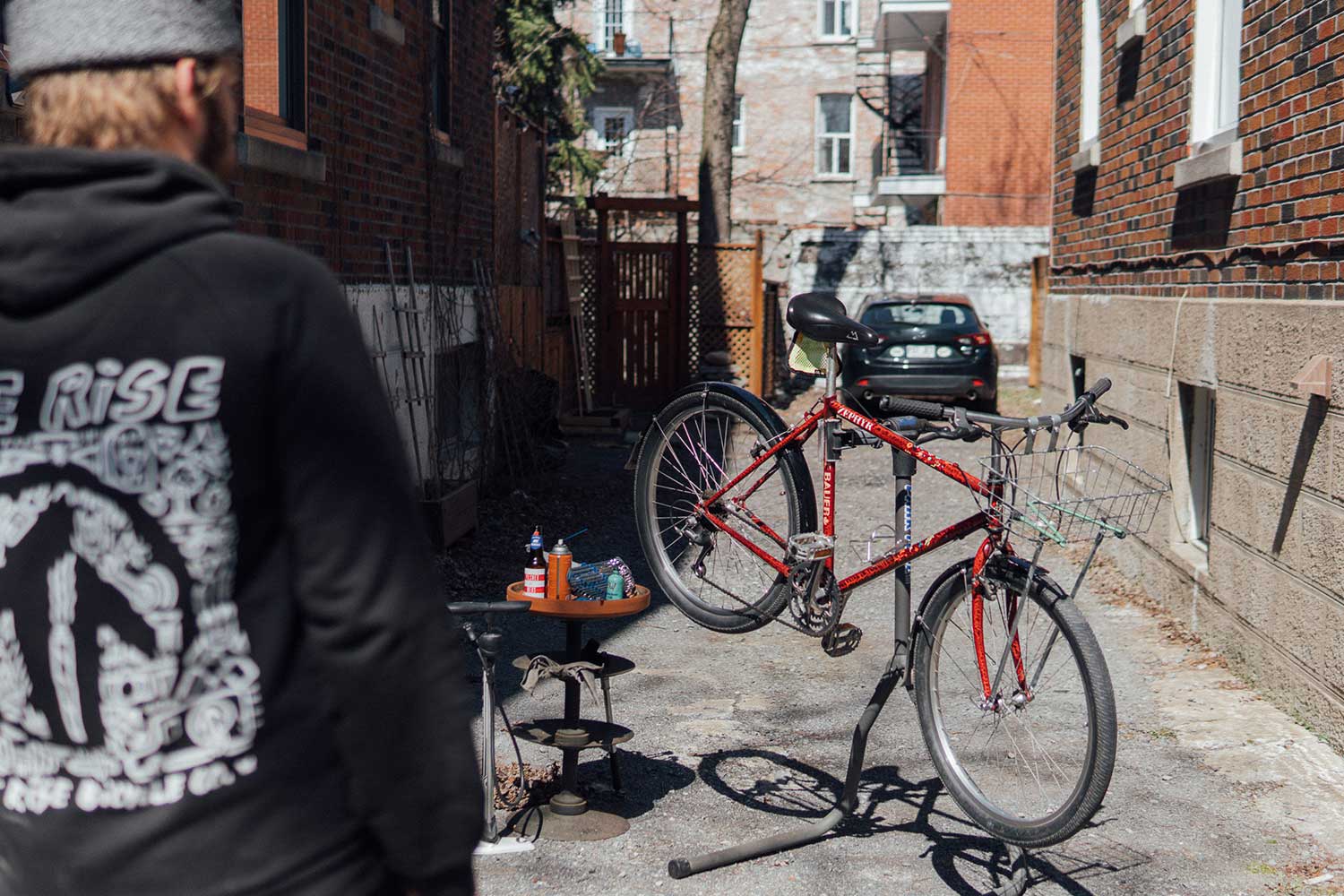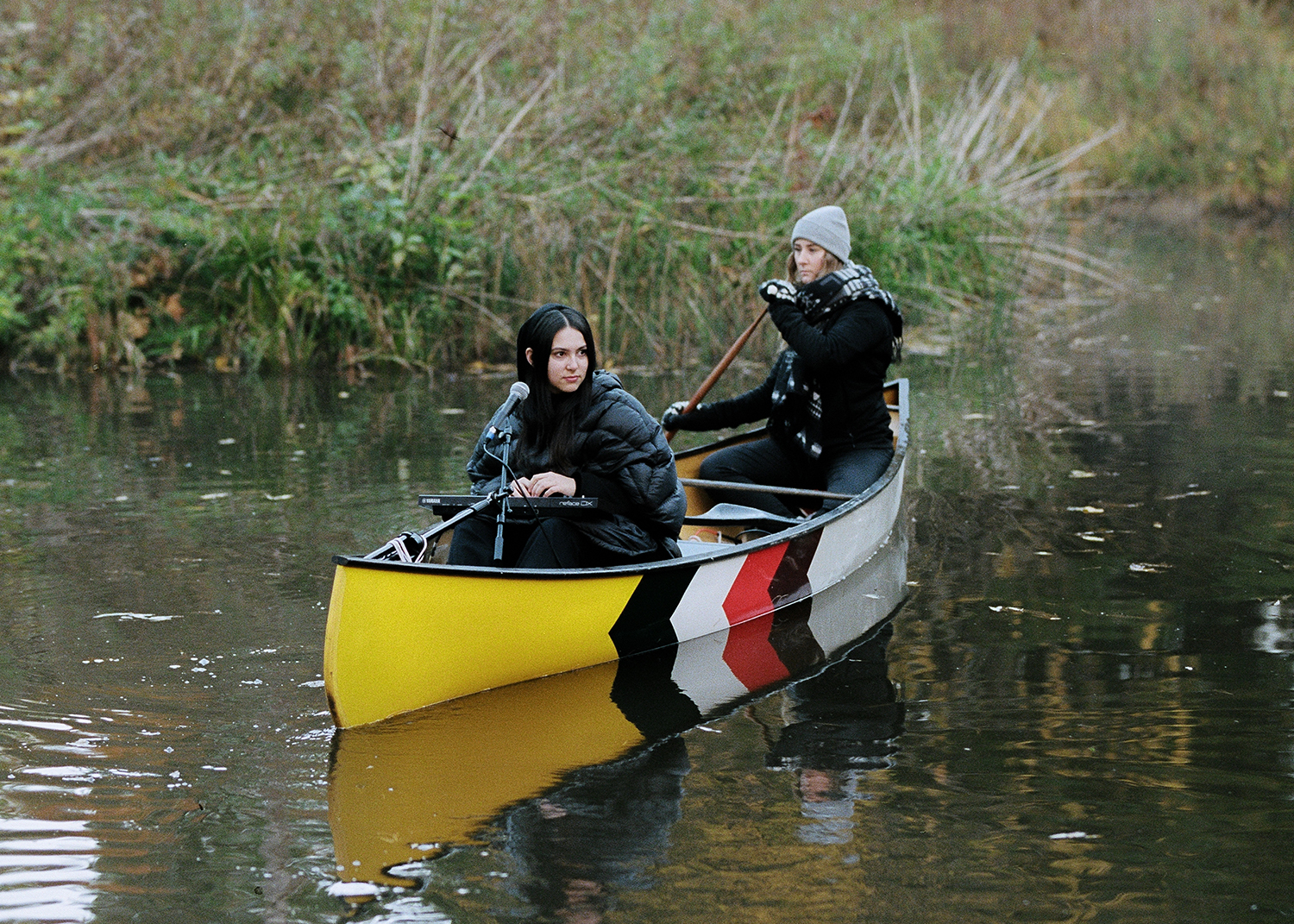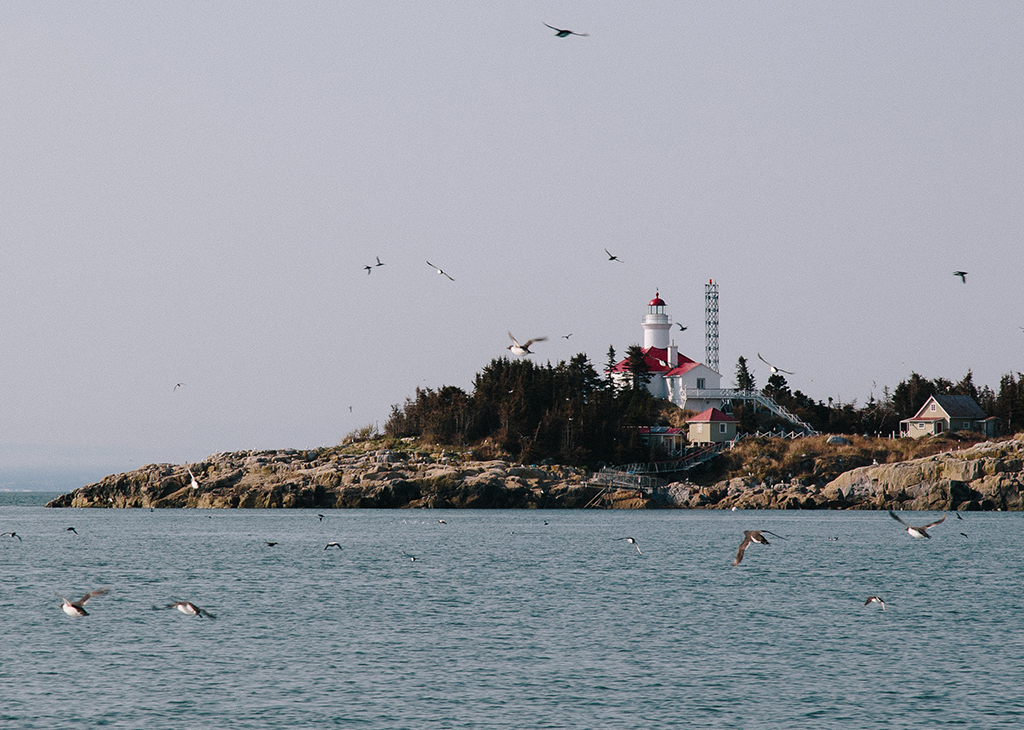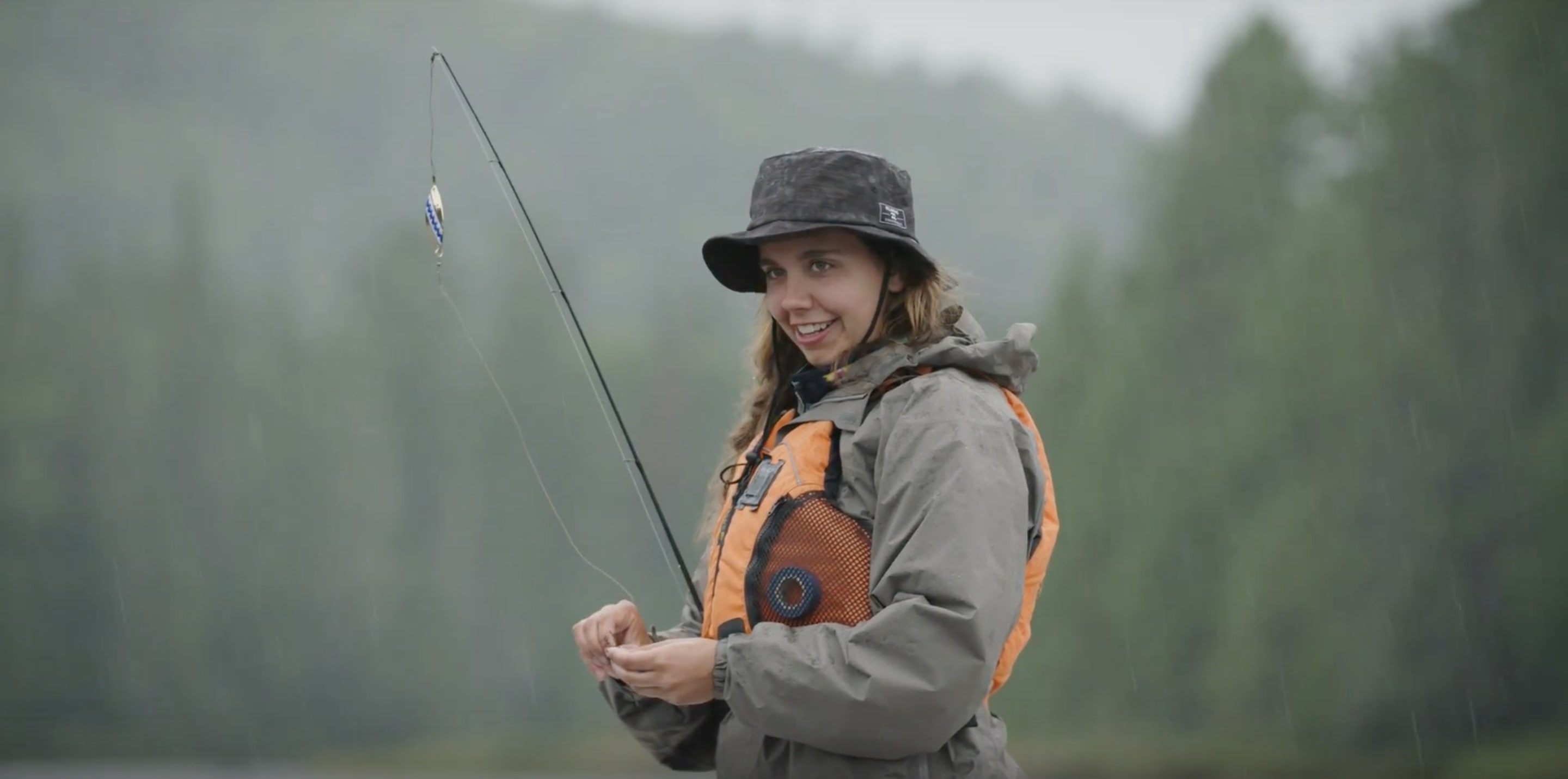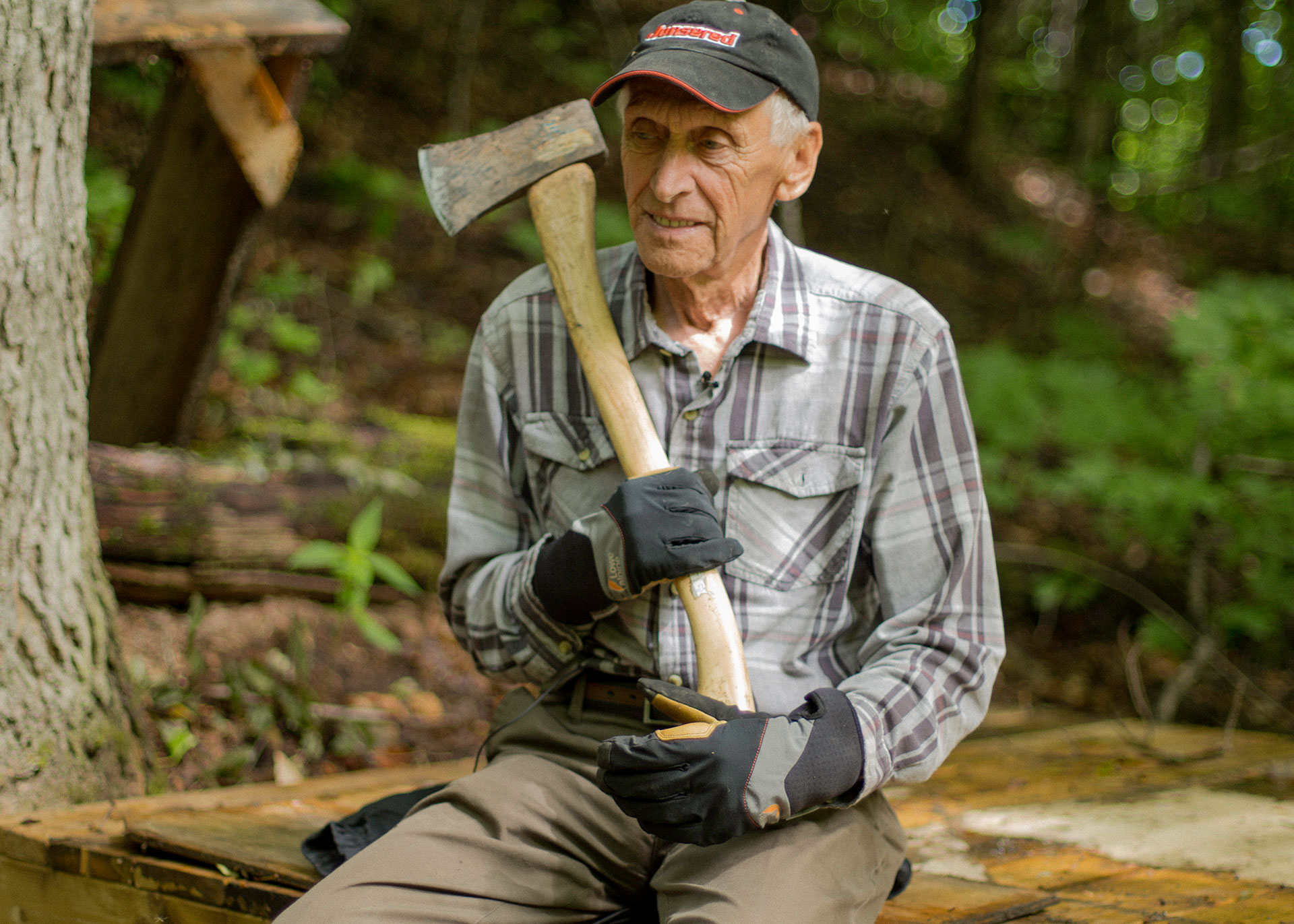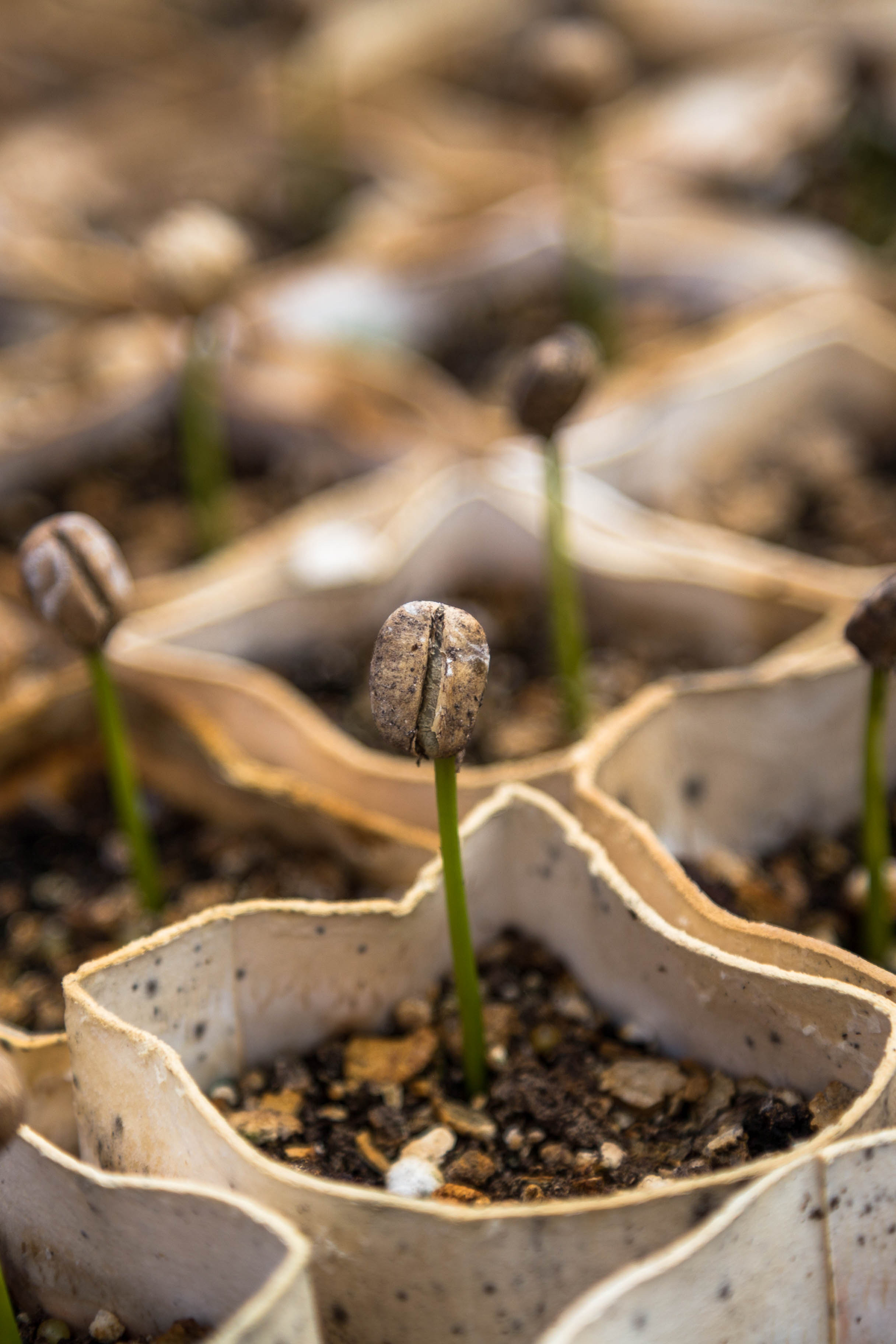Visual Essays
The Cover Story
Chile’s lithium ponds provide an electric future.
For this issue’s cover, we chose Catherine Hyland’s photo of a lithium mine in Chile’s Atacama Desert, one of the driest and deadest places on earth.
The Atacama is located on a high plateau west of the Andes, parts of which have never seen rain. The landscape is so extreme, NASA uses it to test equipment destined for Mars. Beneath this hostile desert lies half the world’s supply of lithium, in salty underground reservoirs called “brine salars.”
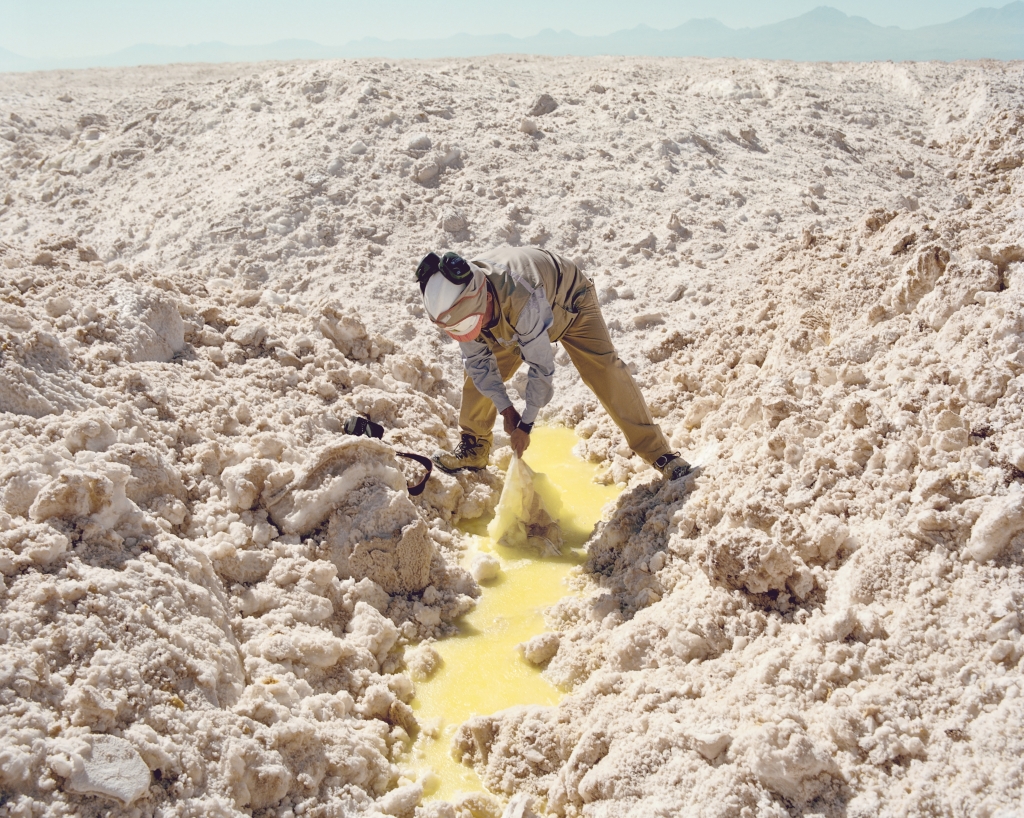
To extract the lithium, the mineral-rich brine is pumped to the surface and allowed to evaporate in large rectangular ponds that slowly transition from azure blue to lemon yellow under the relentless sun. After the brine has fully evaporated, the residue can be processed into the lithium metal used in contemporary battery technology. Because these batteries are vital for powering smart phones and electric vehicles, the demand for lithium is already staggering, and it’s only going up. A single high-end electric car uses as much lithium as 10,000 smart phones, and global electric vehicle production is forecasted to rise as much as thirtyfold by 2030.
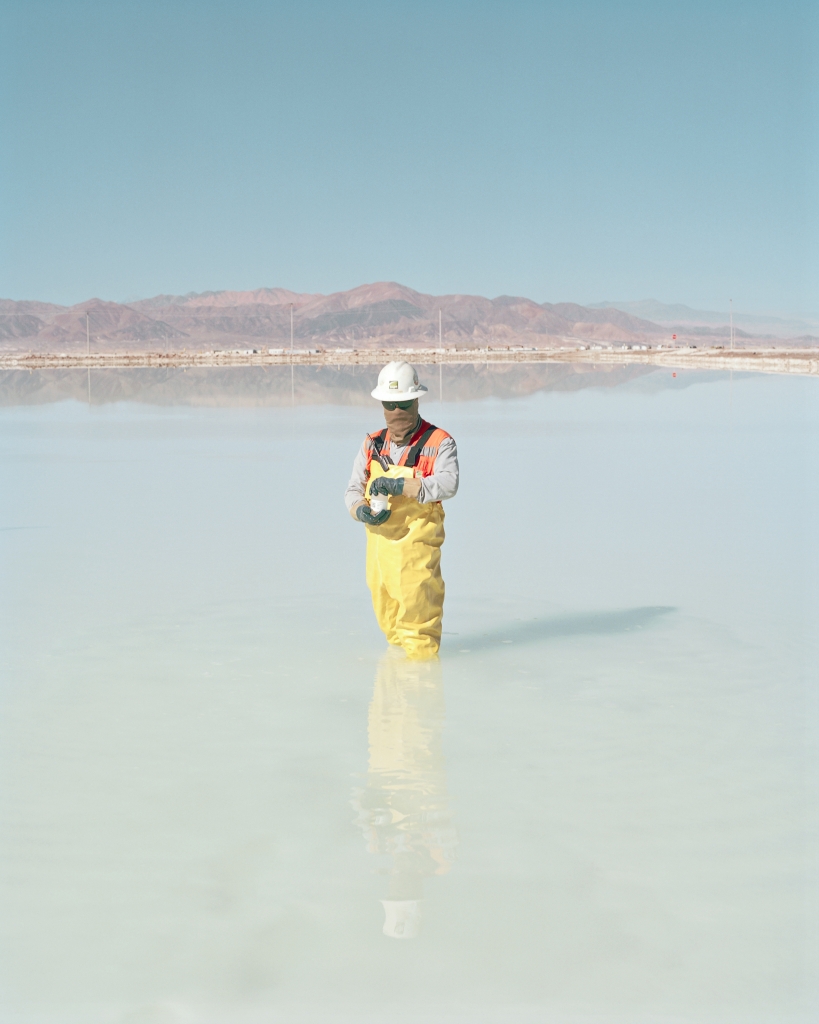
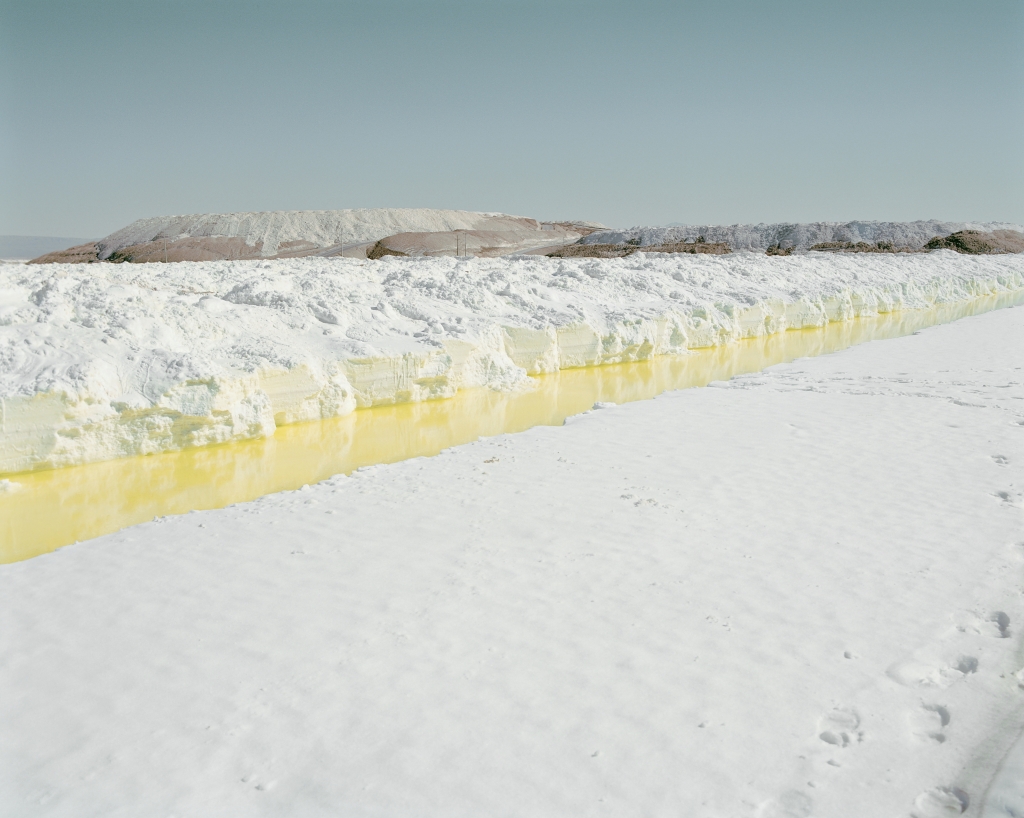
We’re inspired by Hyland’s work because she lets us peer into the most remote places of the world to show us who we are as a species. Her photographs of the Atacama lithium ponds, originally published in Bloomberg Markets, reveal an answer that is both surreal and sobering, and yet offer hope. We are trying to create a sustainable future, but getting there will change the natural world in ways we don’t often comprehend.




